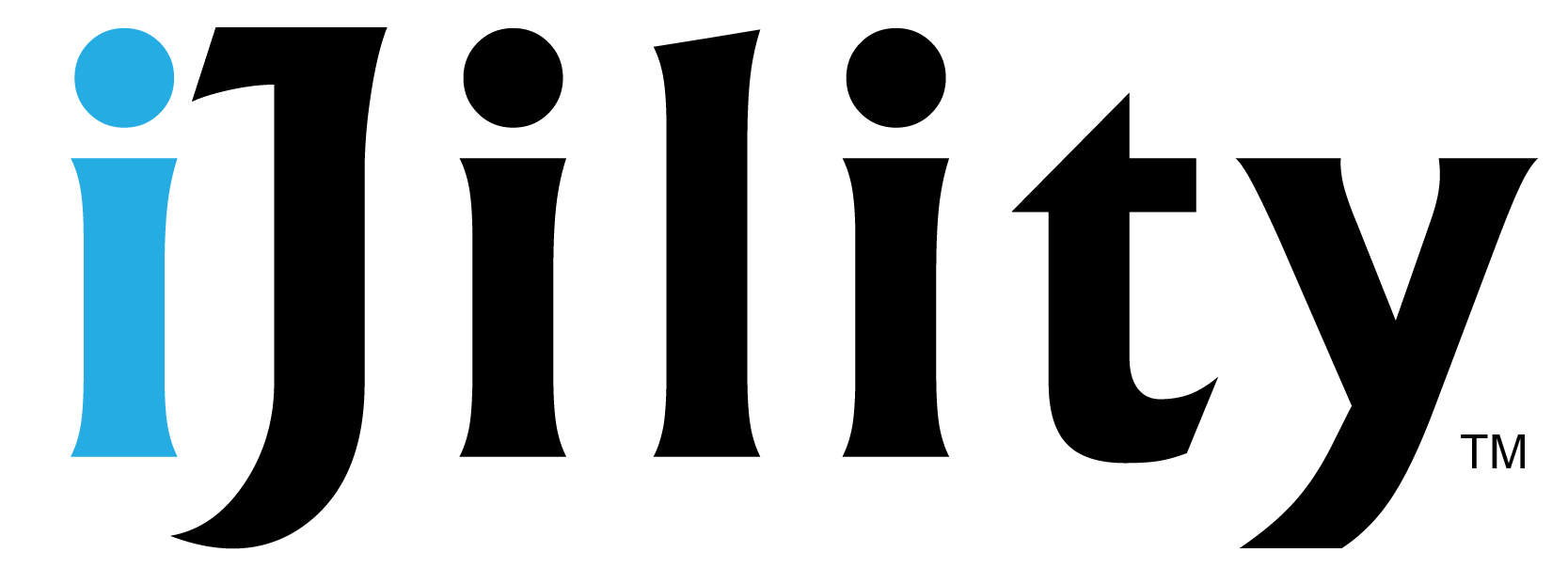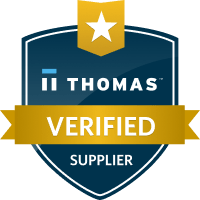
Key Takeaways
- Automation of recurring tasks can boost efficiency, allowing staff to focus on core business activities.
- Through optimized scheduling and labor allocation, businesses can meet demand effectively and efficiently.
- Embracing technology can empower the workforce, improving communication, collaboration, and overall productivity.
- Data analytics provide valuable insights for informed decision-making, driving operational efficiency and business growth.
In a dynamic business environment, setting and achieving operational milestones is crucial for success. Enhanced labor solutions play a pivotal role in this endeavor, enabling businesses to streamline processes, optimize resources, and improve productivity. This article delves into the role of automation in achieving these goals, highlighting key strategies and tools that businesses can leverage. We will explore how automating recurring tasks can lead to increased efficiency and the positive impact it can have on your business operations. Let’s dive in and discover how enhanced labor solutions can help in setting and achieving operational milestones.
Automating Recurring Tasks for Increased Efficiency
Business operations often involve repetitive tasks that consume significant staff time, such as data entry, report generation, or inventory management. By identifying these tasks and applying automation tools like Robotic Process Automation (RPA) or workflow management software, businesses can streamline these tasks, freeing up human resources for more strategic roles.
A key facet of automation is its integration with existing systems. Ensuring a seamless data flow can minimize manual intervention, thus promoting efficiency. However, it’s not just about introducing automation—businesses must also establish clear guidelines and protocols for automated processes. This includes strategies for error handling and exception management.
Finally, it’s essential to monitor and optimize these automated workflows continuously. This allows businesses to maximize efficiency gains and adapt to changing business needs. One of the quickest ways to increase efficiency is through automation. Automating recurring tasks helps make the most of your staff’s time. The right solutions can help organizations minimize administrative tasks, optimize staffing, and provide the right granularity of data to enable smarter decision-making.
Optimizing Work Shifts and Labor Allocation
Setting and achieving operational milestones with enhanced labor solutions extends beyond automation. It also entails optimizing labor allocation and work shifts. The key to achieving this lies in harnessing the power of data and technology.
Analyzing Historical Data
By analyzing historical data and forecasts, businesses can predict labor demand accurately. This analysis should consider factors like seasonality, promotions, and market trends. Accurate predictions can prevent overstaffing or understaffing, thereby optimizing labor costs and maintaining service levels.
Leveraging Workforce Management Software
Workforce management software can be a game-changer in creating optimized schedules that align with business needs and employee preferences. These tools can automate scheduling, taking into account various factors such as employee skills, availability, and workload balance. This results in more efficient scheduling, higher employee satisfaction, and increased productivity.
Implementing Flexible Scheduling Practices
Adaptability is critical in today’s fast-paced business environment. Implementing flexible scheduling practices, such as cross-training employees or using part-time or contingent workers, can help businesses adapt to fluctuations in demand. This flexibility not only ensures smooth operations but also fosters a more resilient and agile workforce.
Monitoring Real-Time Performance Metrics
Real-time performance metrics, such as labor utilization and productivity, provide invaluable insights into your operations. By monitoring these metrics, you can identify areas for improvement and make data-driven decisions. These insights can help in optimizing work shifts and labor allocation, contributing to the achievement of operational milestones.
Fostering Open Communication and Collaboration
The success of any initiative hinges on the buy-in from all stakeholders. Fostering open communication and collaboration between management and employees is crucial to ensure smooth implementation of optimized schedules. This not only promotes transparency but also encourages employee engagement and commitment.
Optimizing work shifts, calculating workstation efficiency, and automating timesheet registration can significantly improve processes and workflows. By taking these steps, you can make strides in setting and achieving operational milestones with enhanced labor solutions.
Empowering Your Workforce Through Technology
Enhanced labor solutions are crucial in setting and achieving operational milestones, but technological empowerment plays an equally important role in this process. By incorporating user-friendly technologies and effective communication tools, you can foster an environment that drives productivity and innovation.
Investing in User-Friendly, Mobile-First Technologies
Embracing user-friendly, mobile-first technologies is a step toward a future-ready workplace. These technologies empower employees to access critical information and perform tasks remotely, offering them the flexibility they need to work effectively. With the right technology, you can ensure your team always has the resources they need at their fingertips, contributing to the efficient achievement of operational milestones.
Implementing Real-Time Communication and Collaboration Tools
Nothing fosters teamwork and problem-solving more than effective communication. Real-time communication and collaboration tools can break down geographical barriers, enabling your team to share knowledge and collaborate seamlessly. This real-time collaboration fuels innovation and enhances productivity, critical for achieving operational milestones.
Utilizing AI-Powered Chatbots and Virtual Assistants
AI-powered chatbots and virtual assistants can revolutionize your HR operations. These intelligent tools provide instant support and guidance to employees, reducing the burden on HR and management. By streamlining HR tasks, you can focus more on strategic initiatives to drive business growth.
Adopting Gamification Techniques
Engagement and motivation are key to achieving operational goals. Gamification techniques can turn mundane tasks into engaging activities, motivating employees to achieve performance goals. This innovative approach can drive employee engagement, boost productivity, and play a role in setting and achieving operational milestones.
Regularly Assessing Technology Effectiveness
Implementing technology is just the first step. Regular assessment of the effectiveness of implemented technologies and gathering employee feedback is critical to drive continuous improvement and adoption. By doing this, you ensure that your technology investments align with your operational goals and deliver the desired outcomes.
Workforce optimization is about leveraging human capital to its fullest potential. It involves fine-tuning processes, harnessing technology, and empowering. This approach is integral to enhanced labor solutions and pivotal in setting and achieving operational milestones.
Driving Smarter Decision-Making Through Data Analytics
As businesses stride toward setting and achieving operational milestones with enhanced labor solutions, the role of data analytics has never been more pivotal. By leveraging data insights, you can make informed decisions that drive efficiency and productivity in your organization.
Establishing a Centralized Data Repository
Centralizing your data is the first step toward data-driven decision-making. A unified data repository that integrates information from various sources, such as labor management systems, ERP, and CRM, provides a comprehensive view of your operations. This holistic understanding allows you to identify trends, uncover opportunities, and make decisions that align with your operational goals.
Developing a Robust Data Governance Framework
The value of your data depends on its quality, security, and compliance with regulations. A robust data governance framework ensures that your data meets these criteria, building trust and confidence in your analytics outputs. By maintaining high data standards, you can ensure reliable insights for decision-making.
Employing Advanced Analytics Techniques
Advanced analytics techniques, like machine learning and predictive modeling, can help you uncover hidden patterns and insights in your workforce data. These insights can guide you in optimizing your labor allocation, enhancing productivity, and ultimately, achieving your operational milestones.
Creating Intuitive Dashboards and Data Visualization Tools
Data visualization brings your data to life. Intuitive dashboards allow managers to monitor key performance indicators (KPIs) and make informed decisions in real-time. By visualizing your data, you can make it accessible and understandable for all, fostering a data-driven culture in your organization.
Fostering a Data-Driven Culture
Encouraging your employees to leverage data in their daily work is key to a successful data-driven strategy. By providing training and support, you empower your team to use data for better decision-making, fostering a culture of continuous improvement.
Optimizing Workflows with Scheduling Software
Effective time management is crucial in achieving operational efficiency. Scheduling software allows you to measure and analyze time spent on various tasks, providing insights into how you can optimize your workflows. Moreover, it gives businesses a clear overview of upcoming deadlines, enabling effective resource planning and allocation.
Keep in mind, setting and achieving operational milestones with enhanced labor solutions involves more than just optimizing labor. It requires harnessing technology to empower your workforce and leveraging data analytics for smarter decision-making. By centralizing your data, employing advanced analytics techniques, and fostering a data-driven culture, you can drive efficiency and productivity in your organization.
But the journey doesn’t stop here. As you continue to strive for operational excellence, consider this: How can you further integrate technology and data analytics into your strategy to reach your milestones faster? And what steps can you take today to foster a data-driven culture in your organization?
If you’re ready to take your operation to the next level, schedule a discovery call with us at iJility. We’re here to help you achieve your full potential.
Author: iJility


